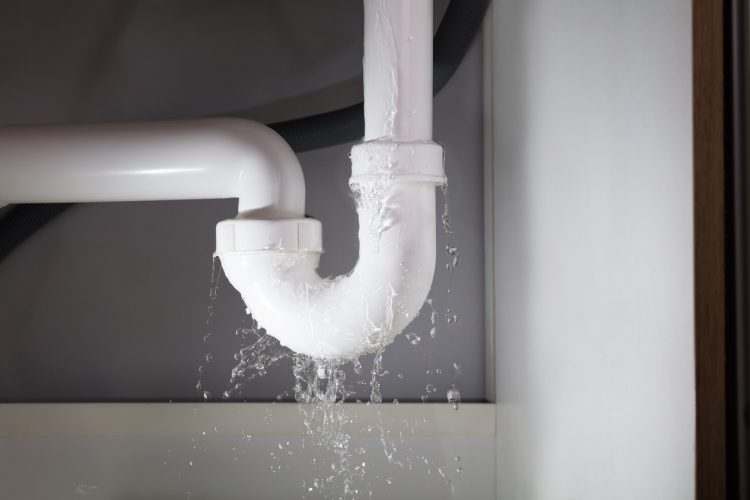Anywhere there are leaks, there will be damages. But shower leaks tend to be annoying and cause long-term damage to any structure, and are expensive to repair. If you put off repairing these leaks in your shower seal, it can only add up to your expenses and become even more stressful to fix. You can minimize all these troubles and expenses by turning to professionals such as Protect n Seal. Repair the leaks immediately after you notice them.
A bathroom needs more intervention than it is normally given. It is the busiest area in the house and is vulnerable to wear and tear. It is better to repair it before things get out of hand. You need to know the warning signs.
Signs of Leaks in Shower Seal
There are a variety of reasons leaks happen; most notable are:
- Cracks on the bathroom tiles
- The shower seal grout is deteriorated or has gone missing
- The baseboard has become swollen
- The paint on the interior and exterior walls, including the ceiling, has started peeling
- Trapped moisture
- Mustiness due to wet carpeting and wallpaper
- Moulds forming in areas like board ceilings and walls
- Stains on wooden structures under the house or underneath the floor
Causes of Shower Seals Leakages
Leaking shower seals can be traced to several factors, such as:
- Movement in the structure of the building
A building can move imperceptibly under changes due to hot and cold weather. These tiny movements can affect the structure of a building and eventually cause shower leaks.
- The building structure has cracks or has weakened
When movements occur, they weaken the building’s structural integrity and result in cracks in the shower seal grout and joints of the floors and walls. The water can find its way through the tiny cracks and eventually reach the tiles’ top surface.
- Deteriorating waterproof material
Waterproofing is a system that prevents water from getting inside the walls and seeping under the bathrooms floor. The efficacy of waterproofing declines because of the structural movements, as discussed above; grout loss and poor installation are other factors. The result is cracking in the waterproofing membrane, which lets water seep through the adjacent areas creating damage.
- Grouting
Grouting in between the tiles cannot weather the vibration movements, resulting in shower or balcony leakage due to the gaps between the floors and walls.
- Brick structures
Homes made of solid brick can also experience problems since leakage can happen between the walls and floors due to expansion and contraction from temperature changes.
- Shower tray
Showers that utilize a shower tray or membrane can only accommodate small quantities of water and are not fortified with a self-drainage system. The tray overflows will leak into the floor and walls and be absorbed by the wooden structures and carpet in nearby areas. Aside from being an eyesore, these areas often have a strong odour, rot, and are vulnerable to termites.
- Sealants
Silicones and plugging products may be effective for a short time, depending on their quality and the number of leakages. But, efforts to eliminate dirt and mould build-up add to the problem since some sealants resist abrasive powder cleaners and scouring brushes.
Conclusion
If you have to observe any of the above signs on your property, your shower may be leaking. Remember that some leaks cannot be seen by the naked eye, especially leaks beneath your bathroom floor and walls. Repair them immediately using high-quality material and professional services such as Protect n Seal. Save time, money, and effort and minimize errors by hiring a professional.
Lisa Eclesworth is a notable and influential lifestyle writer. She is a mom of two and a successful homemaker. She loves to cook and create beautiful projects with her family. She writes informative and fun articles that her readers love and enjoy.

